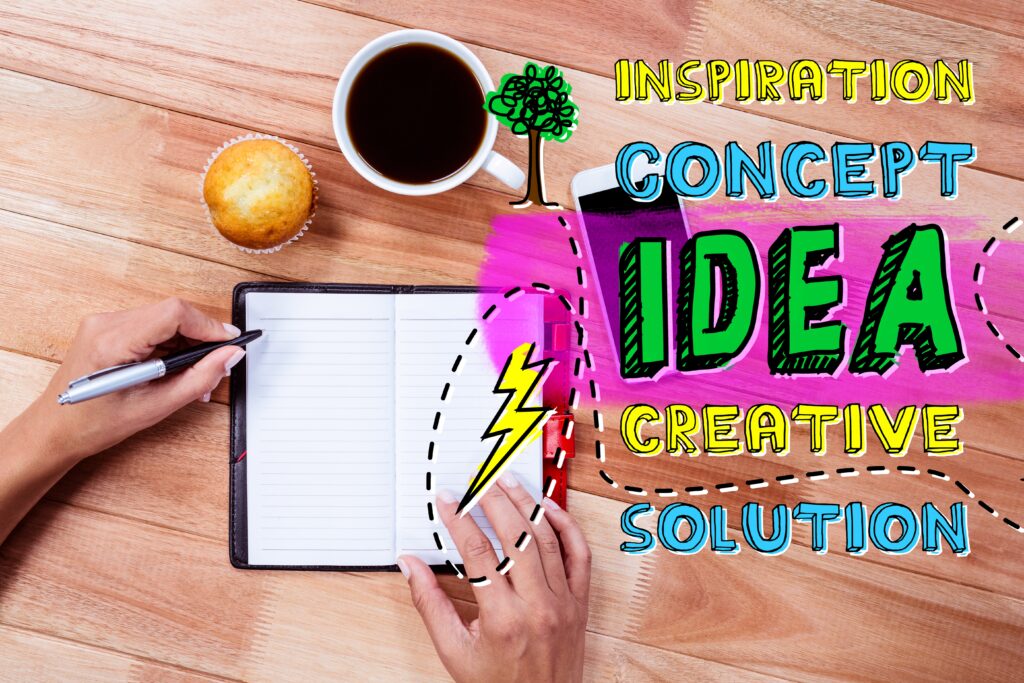
In 2025, Vibe Marketing has emerged as one of the most powerful approaches to redefine how brands connect with audiences. Unlike traditional marketing, which often focused on pushing products, this strategy focuses on emotions, cultural alignment, and authentic storytelling. Brands are no longer just selling, they are creating experiences that resonate with how people feel and live.
What Makes Vibe Marketing Different?
Vibe Marketing is not about short-term attention. It is about building a long-term emotional connection with the consumer. Instead of relying solely on ads or discounts, it creates a shared identity between the brand and its audience. This is achieved through emotion-driven storytelling, cultural relevance, and experience-first campaigns that move beyond traditional advertising.
Why Vibe Marketing Matters in 2025
The shift toward Vibe Marketing is not accidental. Consumers today are overwhelmed with information, and traditional ads no longer hold the same influence. What people seek is meaning and authenticity.
Generations like Millennials and Gen Z want brands that mirror their values. They expect transparency, cultural relevance, and genuine interaction. Social media adds another layer, where trends, moods, and community conversations matter more than direct promotions. On top of this, AI-powered personalization allows campaigns to adapt to individual behaviors and emotions, making stories more relatable and impactful.
Key Elements of Vibe Marketing in Brand Storytelling
At the heart of this approach is authenticity. Audiences no longer resonate with polished ads; they prefer real stories that reflect their lives. Community-driven narratives are another core aspect, as brands invite customers and creators to co-build stories with them. The rise of immersive experiences, through music, visuals, events, or AR/VR, also makes storytelling more engaging. Cultural adaptability ensures campaigns stay in sync with current lifestyles and movements.
Examples of Vibe Marketing in Action
Several industries are already embracing this transformation. Fashion labels are tying themselves to street culture and collaborating with music artists. Food and beverage brands are designing experiences like themed pop-ups where customers feel like part of the brand’s journey. Tech companies are merging storytelling with interactivity, blending AR and VR with authentic narratives to create deeper connections.
In each case, the product is not the only focus. What matters is the lifestyle, the emotional tone, and the sense of belonging attached to it.
How Vibe Marketing Shapes Consumer Decisions
Consumers in 2025 are guided more by feelings than features. A strong emotional connection builds trust and loyalty. When brands establish a sense of community, customers feel like participants rather than passive buyers. Experiences tied to emotions are easier to remember, increasing brand recall. And when people feel the vibe, they are more likely to share content organically with their circles, boosting brand awareness without direct advertising.
Benefits of Vibe Marketing for Brands
Brands that adopt this approach enjoy stronger cultural visibility and deeper engagement. Instead of one-time campaigns, they build sustainable growth through loyal communities. Another advantage is adaptability, since vibe-based storytelling works across industries, from travel and fashion to food and tech, it offers long-term relevance in a crowded market.
Steps to Build a Successful Vibe Marketing Strategy
To effectively integrate this approach, brands can follow a few focused steps:
- Identify your vibe : Define the emotion, lifestyle, or cultural element that aligns with your brand.
- Engage with communities : Partner with influencers and customers who naturally share that identity.
- Create immersive experiences : Use events, stories, and technologies like AR/VR to build memorable campaigns.
- Stay authentic : Showcase real stories, behind-the-scenes narratives, and human voices.
- Adapt continuously : Monitor trends and cultural shifts, making adjustments to remain in sync with your audience.
The Future of Storytelling with Vibe Marketing
Looking ahead, Vibe Marketing will continue to shape brand storytelling as technology and consumer culture evolve. Brands that thrive will personalize campaigns while keeping stories human, embrace immersive tools like VR and AI, and stay rooted in cultural conversations. The future will not be about running more ads, but about creating meaningful experiences that connect deeply with people.
Conclusion
In 2025, brand storytelling is entering a new era, and Vibe Marketing is at the center of this transformation. By focusing on authenticity, community, and cultural alignment, brands can move beyond selling products to building emotional experiences. Those who master this approach will not only capture attention but also earn long-term trust and loyalty in a world where genuine connection matters most.
